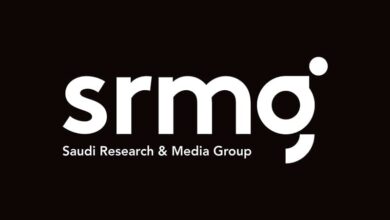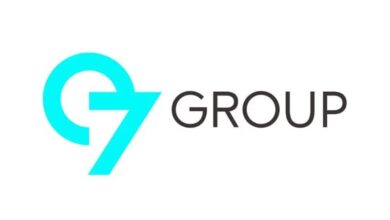Print Advertising Cuts Through in a Digital Age
In our increasingly computer-focused age, it’s tempting to see print as a fading medium. Digital is increasingly seen as the default ‘channel’ for communication, whether that be for news, socializing or promoting brands and products. For many brands, the convenience of instant click to buy, easily measurable results and data about customers, make digital the perfect medium for growing sales and building brand loyalty through social media content such as video.
However, the situation is not so black and white for many b2b manufacturers; though digital touchpoints such as a website can play a role in promoting their goods and services, high-value procurement deals are not brokered by clicking on an ad, and there is evidence that digital display ads on websites and news sites have little influence on consumers’ buying decisions for mainstream products. While advertising online in targeted websites may keep brands ‘top of mind’, it is easy to ignore. According to research by eye-tracking firm Lumen, only 9% of digital ads receive more than one second’s attention from consumers.
Recent reports in the news also highlight the problems of controlling where digital ads appear – even in 2017 it can be difficult for ad servers to predict or track where ads will be displayed online. Most recently the appearance of advertising alongside extremist propaganda videos on YouTube lead to an outcry and for several major brands to withdraw millions of dollars of advertising from the platform. Both issues indicate that digital advertising doesn’t necessarily have the impact or the credibility that brands want to build with their potential customers.
It turns out that for many companies, and small businesses especially, print advertising still plays a key role in their marketing mix. Modern print technologies mean that the cost of printing short runs of direct mail or leaflets has significantly reduced in recent years, and for local business this can be a highly efficient and cost effective means to reach the customers who are most likely to use their services. Australian Printer reported that offline marketing channels are set to grow in 2017, after marketing agency Salmat found that the top three new channels marketers plan to invest in this year were all forms of printed direct mail. Marketers are recognizing that context and relevancy are the key to success when consumers are beset by so many other distractions.
A recent article in Forbes asked several marketing experts for their predictions for print vs digital advertising. Most agreed that while the sharp decline in newspaper and magazine sales has had an impact on the reach of print advertising, it still offers high value for brands who want to ‘engage’ with their customers on a deeper and more direct level, especially if you consider tactics like personalised direct mail. As one commentator puts it: “Print brings a less noisy setting that can’t be fully duplicated online”.
This was echoed by Marketing Week’s piece on newspaper advertising last summer, which predicted that core newspaper audiences are returning to print to escape “the never-ending madness of digital” and that they appreciate the authenticity of printed content. Lidl’s head of media, Sam Gaunt states that, “People may spend more time with other media but time spent with print is quality time, where people are less likely to be distracted, and that offers powerful communication opportunities.”
While digital advertising may be an effective means to reach customers whilst they are online, the enduring power of print cannot be denied. New printing technologies are reducing the costs for smaller businesses to take advantage of print advertising tactics and deliver an even stronger impact that simply can’t be beaten by a banner ad.





